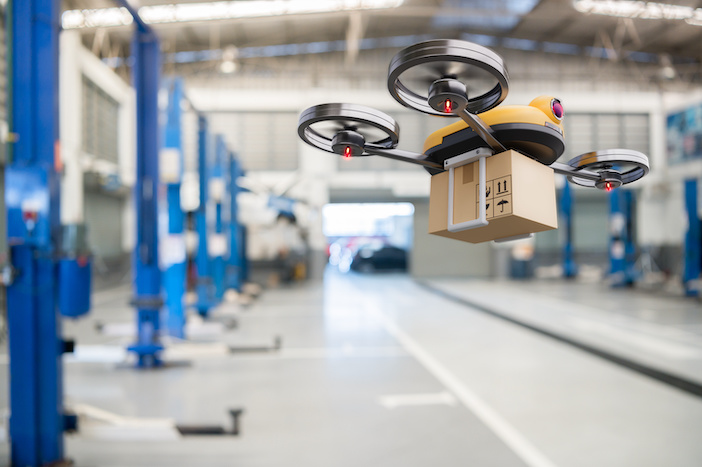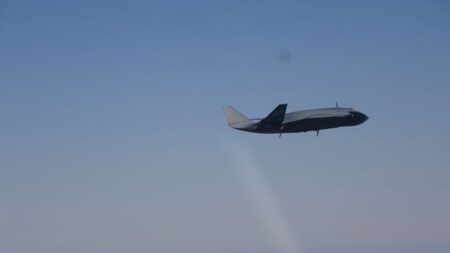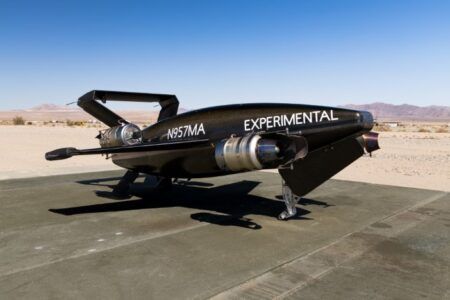The US state of Michigan and Canadian province of Ontario have announced a new collaboration to study commercial beyond-line-of-sight drone skyways in three proposed areas, including an international cross-border connection.
The project will investigate using unmanned aerial systems (UAS), or drones, in operations like just-in-time delivery, medical transport, and other small-scale deployments. The information gathered from this feasibility study will be used to further decision-making in preparing for the future of advanced air mobility in North America.
“Considering the density of auto suppliers, logistic companies, technology startups, and consumers in the region, it is a natural fit to test this cutting-edge aerial technology here. The vital research could lead to faster product deliveries and reduced supply chain disruptions in the future, helping us grow Michigan’s economy and put Michiganders first.”
The project will be carried out by the Michigan Department of Transportation (MDOT) and the Michigan Aeronautics Commission (MAC) and the State of Michigan, with support from the Michigan Office of Future Mobility and Electrification (OFME), the Michigan Economic Development Corp., and the Government of Ontario, through the Ontario Vehicle Innovation Network (OVIN),
“Ontario has a strong and strategically important economic connection with the State of Michigan,” said Ontario Premier Doug Ford. “We welcome this opportunity to further deepen that relationship and foster new jobs and economic opportunities in developing industries now and well into the future.”

A newly formed partnership with Airspace Link, a Detroit-based drone technology start-up, and their partners at Thales USA, the Northern Plains UAS Test Site, Aviation Innovations LLC, CityFi, and Grand Sky Development Co. LLC will develop a feasibility analysis as a first step to establish infrastructure required to support a range of commercial and public advanced air mobility use cases.
Another key partner in two of the three proposed areas will be the Michigan Central mobility innovation district in the Corktown neighborhood of Detroit. Their collaboration with key stakeholders from the state and city will help advance this research and innovation to a broader idea of autonomy that goes beyond vehicles on the road, but also the water or sky. In addition, their community-based outreach sets a precedent for how other partners exploring and testing in the Michigan Central impact area educates and conducts feedback from the residents.

“Michigan Central’s aim really is to serve as an open platform for collaboration – drawing the best minds from around the world to co-create and test mobility solutions on real-world streets, in real-world situations,” said Carolina Pluszczynski, Michigan Central development director. “That includes, in this case, bringing in the best from here in the States and also across the way to Ontario to push the boundaries of how we look at autonomy as part of this aerial mobility corridor. But no matter what we’re exploring, the ideas or solutions need to have one ultimate purpose: to improve access and equity for all, and that is why community engagement from the offset will always remain key to us.”

In addition, the Airspace Link team will provide an analysis of existing airspace, air traffic infrastructure, and ground infrastructure required to ensure operational safety of commercial drone skyway. The analysis also will include the potential economic impacts, applicable state and local zoning restrictions, environmental factors (like social equity and noise considerations), travel impacts, and connections to existing aviation, surface transportation, and transit modes.
Images ©AdobeStock
This article was originally published on Traffic Technology International





